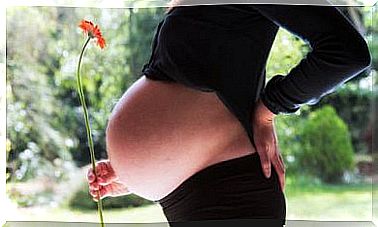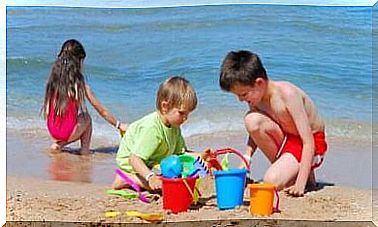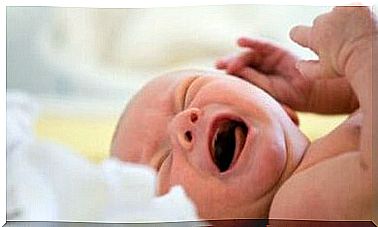Placenta, Umbilical Cord And Yolk Sac: Baby’s Vital Support System

The baby’s development inside the uterus requires a vital support system composed of the placenta, umbilical cord and yolk sac. This system is in charge of keeping the baby alive while allowing its growth. Each part has a specific and essential function and is formed solely for pregnancy.
Despite being a common system in all pregnancies, the Placenta, umbilical cord and yolk sac are organs that do not interfere with any other process in the body.
The placenta, umbilical cord, and yolk sac form at the same time that pregnancy begins. Each of these elements is formed exclusively to support the baby vitally.
If the mother eventually has another child, another system will form. In the case of a twin or multiple pregnancy, compartmentalization of the placenta in identical twins can occur. In most cases, twins or multiples have different yolk sacs and each also has its own umbilical cord. Only when they are identical twins can they share some of these organs.
Placenta, umbilical cord and yolk sac: what are they and what are they for?
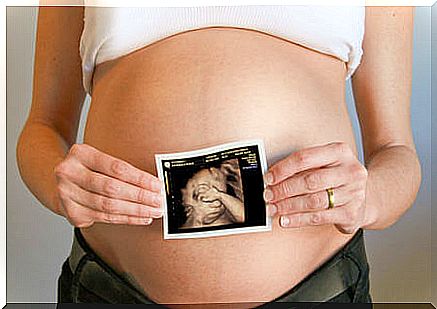
the placenta
The placenta is an organ that adheres to the uterus and connects to the baby through the umbilical cord. Its function is to produce pregnancy hormones, for example the human chorionic gonadotropin hCG. It also produces progesterone and estrogen.
This organ has the responsibility to establish the connection between mother and child regarding the blood supply. The blood that circulates in the fetus is the mother’s blood, but it passes through the placenta. Through this blood, the mother’s oxygen and nutrients are transferred to the fetus.
In turn, the material that comes from the fetus and must be eliminated is also transported by the blood. However, these materials do not mix with other elements thanks to the action of the placenta.
After the baby is born, the placenta is expelled, as its work ends at that point. This vital structure for the fetus can bring serious inconveniences if it fails at some point in the pregnancy. As the fetus develops, pressure on the placenta increases, which usually causes bleeding and other complications.
the umbilical cord
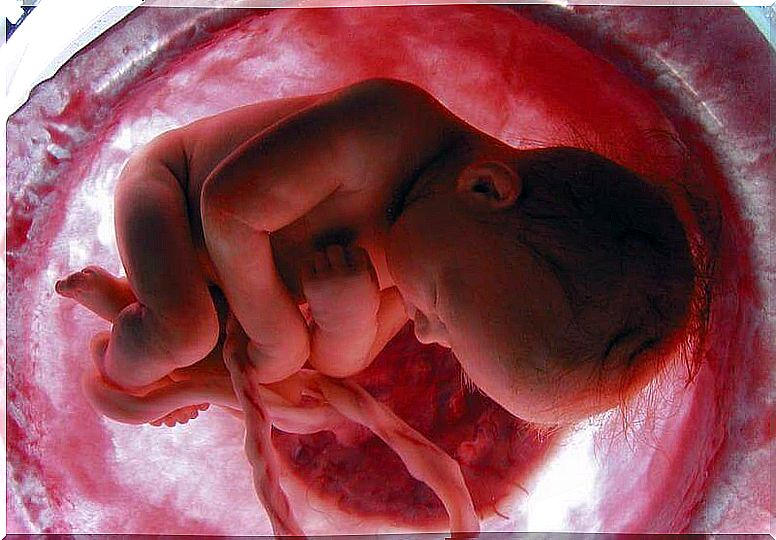

The cord is the vital connecting line between the placenta and the baby. As we said earlier, the placenta is a kind of operating center between mother and child. In turn, the umbilical cord is responsible for bringing and carrying the corresponding information, as if it were a bridge.
This element is made up of blood vessels, which are a pair of small arteries and a large vein. The two arteries are responsible for carrying blood to the placenta. In turn, the vein brings blood back to the fetus.
An umbilical cord can usually grow up to two feet. The purpose of the length is for the baby to be able to move freely. In addition, its composition makes it resistant to possible damage caused by fetal movements.
After delivery, the cord comes out with the baby and placenta. It is cut and most of it is discarded. The other end is in the baby’s skin, giving rise to the navel.
yolk or amniotic bag
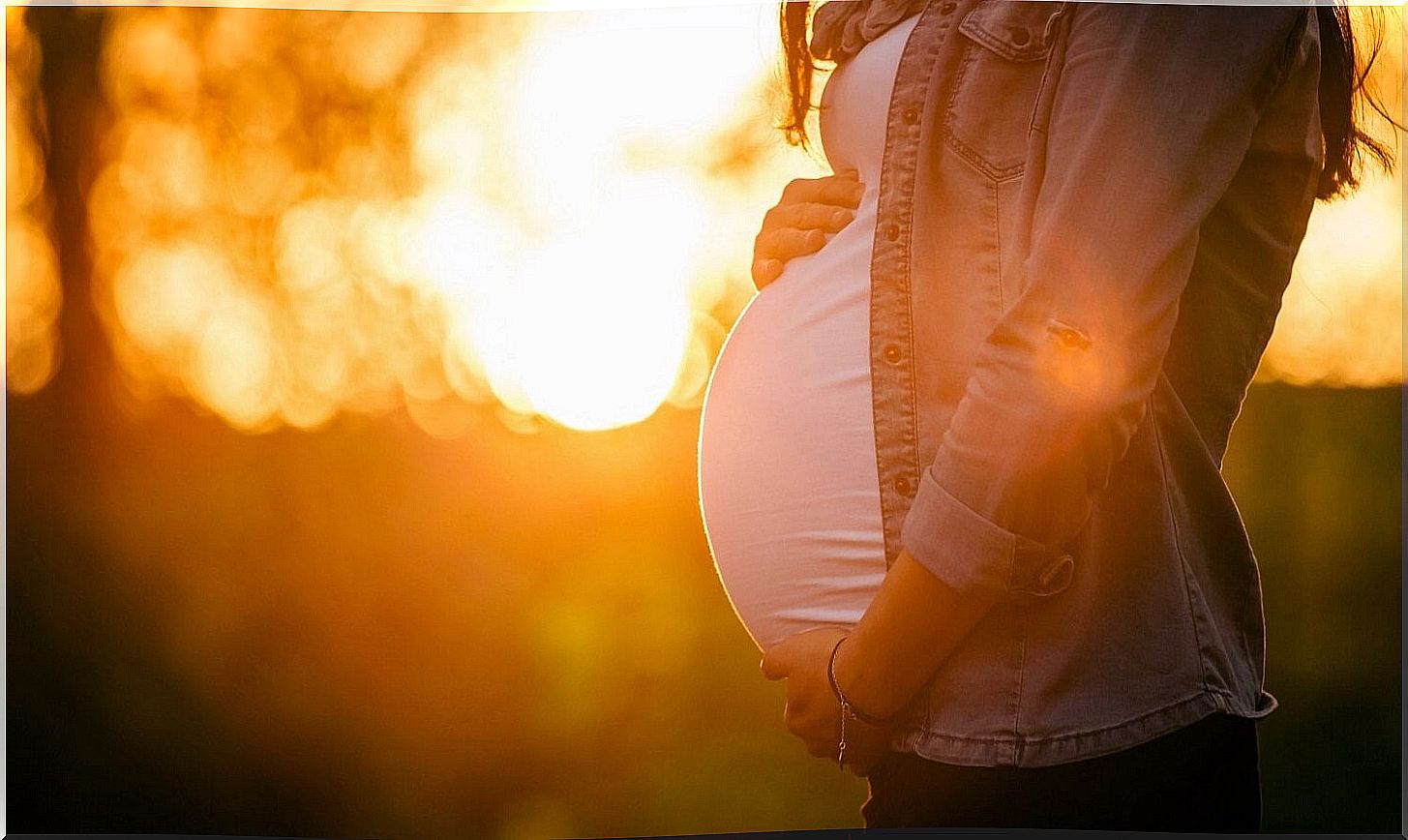

The yolk sac is an organ that fills with amniotic fluid. Its function is to shelter the fetus throughout the gestation process. It serves as a shelter, a playroom and is, indispensably, the baby’s home. In the amniotic sac, the baby develops under conditions determined by nature.
Its composition is ideal for the baby to remain suspended, while allowing mobility and protection against external actions. In order for the bag conditions to be ideal, it is kept at a temperature of approximately 37.6 °C. For greater effectiveness, it is necessary that this temperature is slightly above the mother’s body temperature.
The fluid present in the yolk sac increases as the pregnancy progresses. In week 10, an estimated 30 ml of fluid. By week 36, this amount will have increased to approximately one liter.
This liquid does not leave the mother’s body until the time of delivery, it even leaves before the baby. This time will be the baby’s first time outside of a watery environment.



